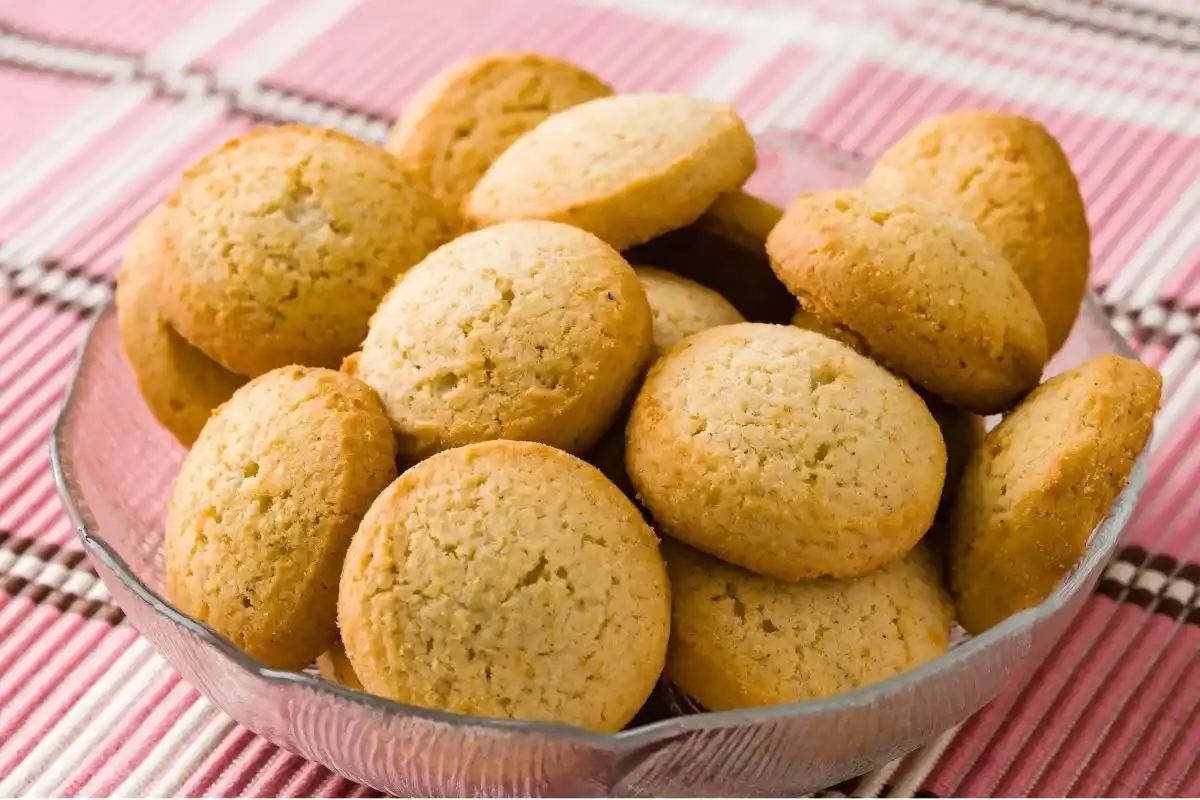
In recent years, the quest for healthier dietary choices has steered many towards gluten free products, with gluten free biscuits emerging as a beloved staple among them. This comprehensive guide delves deep into the world of gluten-free biscuits, from selecting the perfect flour blend to mastering the baking process, ensuring that each reader can produce delicious results at home. Whether you are managing celiac disease, are gluten intolerant, or simply wish to reduce gluten in your diet, this article will arm you with the knowledge and techniques to bake perfect gluten-free biscuits every time.
Introduction to Gluten-Free Biscuits
Ah, biscuits – those warm, comforting delights that grace our tables and pluck at our heartstrings. Turning them into gluten-free versions doesn’t mean you have to compromise on taste or texture. With the right knowledge and ingredients, gluten-free biscuits can be just as satisfying as their traditional counterparts.
Importance of a Gluten-Free Diet
For many, choosing a gluten-free diet is not just a lifestyle choice but a necessity. Gluten, a protein found in wheat, barley, and rye, can cause health issues for individuals with celiac disease or gluten sensitivity. Adopting a gluten-free diet can alleviate symptoms and promote intestinal healing.
Rise in Popularity of Gluten-Free Products
The popularity of gluten-free products has skyrocketed, driven by increasing awareness of gluten-related health issues and improvements in the taste and variety of gluten-free options available. Biscuits, a comfort food favorite, have seen a particularly significant transformation, with numerous delicious and accessible gluten-free variations now on the market.
Overview of Biscuit Making
Biscuit making is an art that requires a blend of science and soul. The key to achieving the perfect gluten-free biscuit lies in understanding the ingredients and how they interact. Traditional biscuits rely on gluten for elasticity and texture, but with the right gluten-free flour blends and techniques, you can create biscuits that are light, flaky, and utterly delectable.
In the next section, we’ll explore the different types of gluten-free flours available and how to select the best one for your baking needs. By the end of this guide, you’ll not only know which flours to use but also how to mix and bake them to biscuit perfection. Ready to get started? Let’s dive into the floury details!
Flaky Gluten-Free Biscuit Varieties